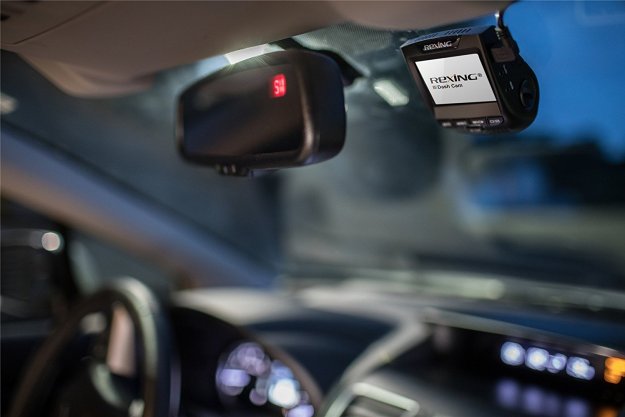Hyundai is developing an airbag that can respond effectively in an accident where more than one collision occurs. It’s said to be the first of its kind.
Many auto accidents involve not one but two or more impacts, when a suddenly chaotic traffic situation leads to numerous vehicles piling into each other. In fact, the National Highway Traffic Safety Administration (NHTSA) says that 30 percent of accidents involve a secondary impact, a figure that highlights the importance of an effective airbag system like the one Hyundai has unveiled this week.
Hyundai says that current airbag systems offer no protection in a secondary impact in cases where the initial impact was insufficient to cause the main airbag to deploy.
Importantly, the new technology is able to detect the potentially unusual position of those inside a vehicle following the initial impact. It then uses the data to calculate the required strength of subsequent airbag deployments prompted by any secondary impact.
Taesoo Chi, head of Hyundai’s chassis technology center, said his company intends to continue its research “on more diverse crash situations as part of our commitment to producing even safer vehicles that protect occupants and prevent injuries.”
NHTSA data reveals that the most common kind of multi-collision accidents involve cars crossing over the center line (30.8 percent). This is followed by collisions caused by a sudden stop at highway tollgates (13.5 percent), highway median strip collisions (8.0 percent), and sideswiping and collision with trees and electric poles (4.0 percent).
Future Hyundai and Kia automobiles are set to incorporate the state-of-the-art airbag technology to improve driver safety and reduce injuries in multi-collision accidents, though a date for its introduction is yet to be announced.
This isn’t the first airbag system developed by Hyundai. In early 2018, for example, it unveiled a system that placed an airbag in the rear section of a vehicle’s sunroof to protect the driver and any passengers in a rollover accident.
“It resembles the curtain airbag that is deployed alongside the windows of the vehicle in a broadside collision,” Hyundai explained at the time. “If the turning angle of the vehicle is changed due to a rollover accident, the sensor detects it, and the inflator deploys the airbag.”
Editors' Recommendations
- Hyundai Ioniq 6 first drive review: welcome to the future
- World’s first flying race car makes historic maiden flight
- Hyundai S-A1 flying taxis could take flight by 2023 for Uber elevate
- Hyundai upgrades its Veloster N with the best the aftermarket has to offer
- New Hyundai airbag keeps front passengers from injuring each other during a crash


